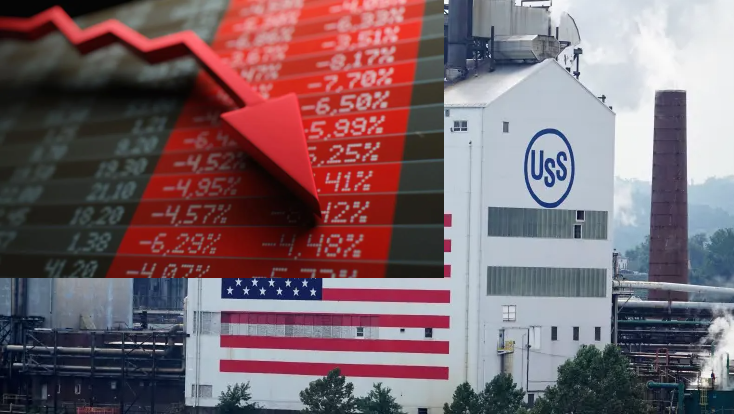The US manufacturing sector experienced its first contraction in seven months during August, driven by a decline in new orders and a subsequent reduction in production, a new survey by the S&P Global showed on Tuesday. The S&P Global US Manufacturing Purchasing Managers’ Index (PMI) fell below the 50.0 mark, indicating a modest deterioration in the sector’s health.
Key factors contributing to the contraction include:
- Weakening demand: New orders declined for the second consecutive month, reflecting a slowdown in market demand and inflationary pressures.
- Reduced production: Manufacturers scaled back production in response to falling sales, leading to a decline in employment and purchasing activity.
- Inventory adjustments: Firms reduced inventory levels to improve cash flow and align with lower demand.
- Rising costs: Input costs accelerated to a 16-month high, contributing to higher output prices.
While the manufacturing sector faces current challenges, firms remain optimistic about future growth, citing sales and marketing efforts and expectations for a post-election recovery in demand.
“A further downward lurch in the PMI points to the manufacturing sector acting as an increased drag on the economy midway through the third quarter. Forward-looking indicators suggest this drag could intensify in the coming months.” said Chris Williamson, Chief Business Economist at S&P Global Market Intelligence.
Attribution: S&P Global US Manufacturing PMI




